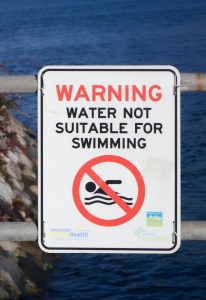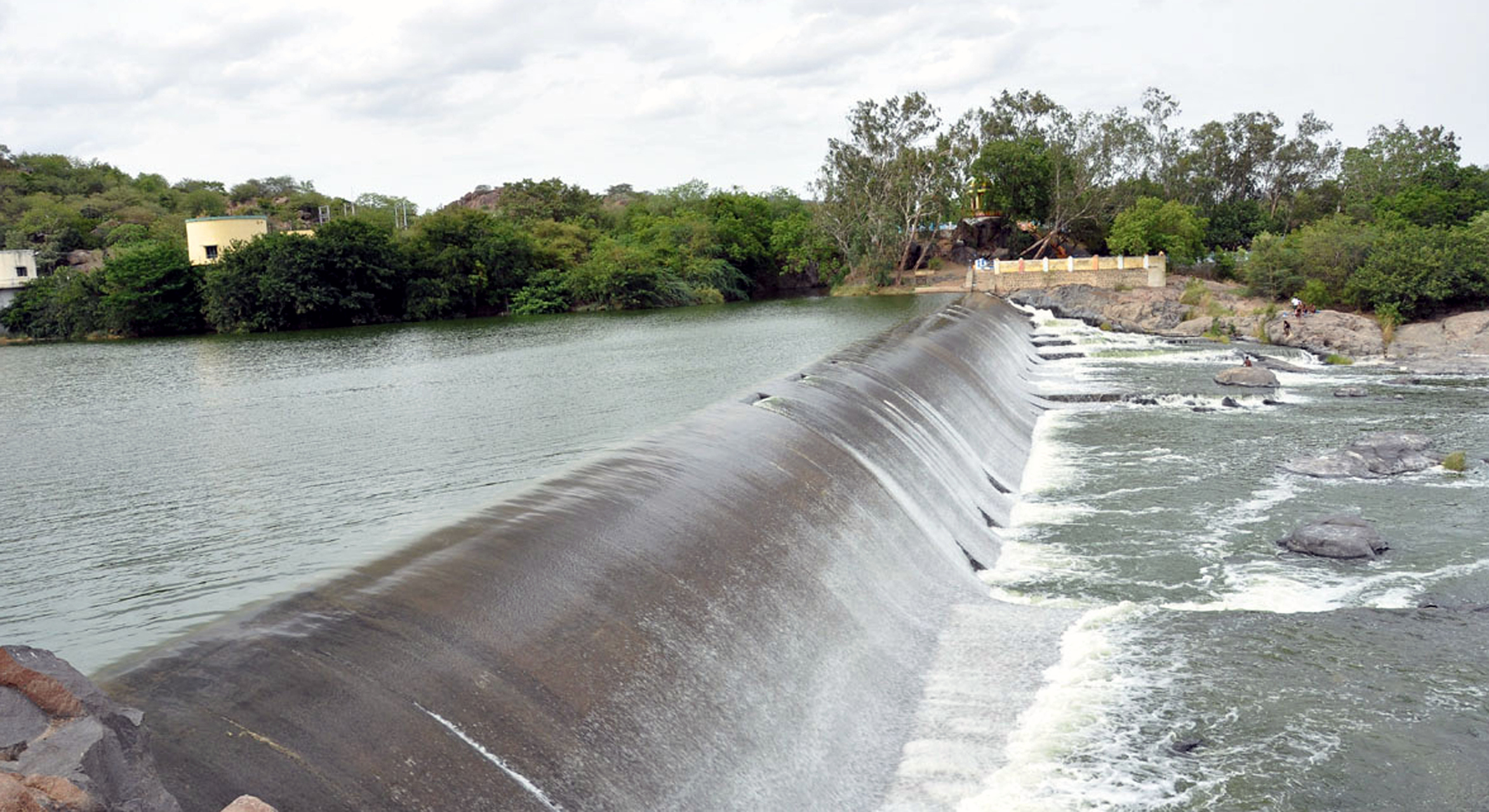By Marcus Hensel, VRSA Director of Member Services and Fonda Craig, VRSA Senior Safety Consultant
As the days grow longer and warmer, we turn our attention to summer activities. It is the season to enjoy the pleasures of the outdoors from summer camping to boating and fishing to swimming. For many, swimming is not just an enjoyable pastime, but a means to gather with friends and family and escape the heat and humidity.
Despite delays due to COVID-19, some swimming pools are starting to open their gates for the 2020 season. However, many pools and waterparks across the Commonwealth remain closed for the summer. The decision to remain closed, whether temporarily or for the season, comes after careful consideration to meet challenges such as overcrowding, sanitation requirements, and the desire to prevent the spread of COVID-19 in the community.

With the closing of pools and waterparks, combined with summer camps not operating, swimming escapades will happen in “unofficial” swimming holes. These bodies of water are likely to see an increase in use as the temperature rises with people looking to beat the heat.
Unfortunately, many of these places do not have the supervision of pools, parks or camps. Now is the time for local governments and authorities to identify these locations within their limits. Upon analyzing each body of water for potential danger, verify that proper postings with appropriate warnings are clearly visible. Local governments and authorities may consider increasing their supervision and patrols of potential swimming locations, whether permitted or not.
Low-head dams can be deceivingly dangerous. VRSA recommends each local government help reduce potential dam liabilities by properly operating and maintaining their dams – that includes providing large, written warning signs for boaters and swimmers.
VRSA members may find VRSA’s Hazard Warning Guidance for Low Head Dams useful in addressing various concerns related to low-head dams.

The Virginia General Assembly has addressed some of the low head dam liability issues in Virginia Code Section 29.1-509. Section F:
- Any owner of a low-head dam may mark the areas above and below the dam and on the banks immediately adjacent to the dam with signs and buoys of a design and content, in accordance with the regulations of the Board, to warn the swimming, fishing, and boating public of the hazards posed by the dam. Any owner of a low-head dam who marks a low-head dam in accordance with this subsection shall be deemed to have met the duty of care for warning the public of the hazards posed by the dam. Any owner of a low-head dam who fails to mark a low-head dam in accordance with this subsection shall be presumed not to have met the duty of care for warning the public of the hazards posed by the dam.
Most communities want and need recreation and relief now more than ever, and that’s where the struggle lies. Our risk services team is happy to review any concerns or help identify potential risks. Rest assured, VRSA is here for you and will remain here for you.
Stay safe, keep hydrated and enjoy the outdoors!

